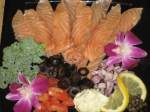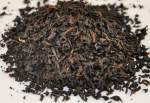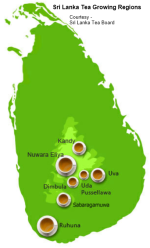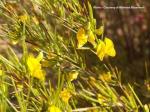
Black Tea vs Green Tea
(Don't Sweat the Details)
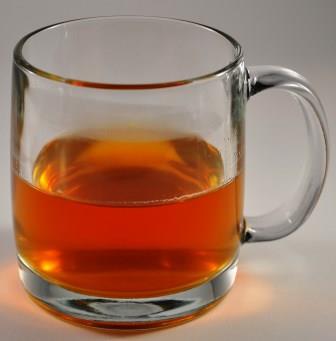 Black Tea vs Green Tea - Infused Black Tea In A Glass Mug
Black Tea vs Green Tea - Infused Black Tea In A Glass Mug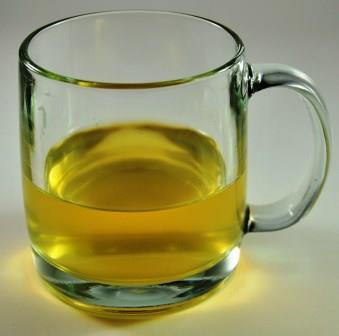 Black Tea vs Green Tea - Infused Green Tea In A Glass Mug
Black Tea vs Green Tea - Infused Green Tea In A Glass MugBlack Tea vs Green Tea may be a moot comparison as both
taste great, both provide wondrous health benefits. Taste is the major difference and there are some
nutritional differences. One isn’t better than the other, they are simply different.
This comparison needs one assumption that the teas are grown on the same farm and harvested at the same time. Comparing teas from different countries is not fair due to farming practices, soil conditions, and man made additives. Tastes and chemical compositions of greens and blacks vary dramatically as farmers create hybrid plants and use a wide range of inputs (fertilizers, natural and synthetic). Even the caffeine in tea breaks down over time. This author now drinks simple black tea, in tea bags that is sixty years old. The tea is quit mellow and very smooth. Being sensitive to caffeine I get no reaction drinking this tea.
Our freshly harvested tea today does have caffeine and I can feel the sensation after two cups.
Black Tea vs Green Tea - It All Starts In The Same Place
For us it starts with Camellia sinensis and its Indian variety called Camellia assamica. Our farmers grow the tea organically not conventionally. Farming organic loose tea.
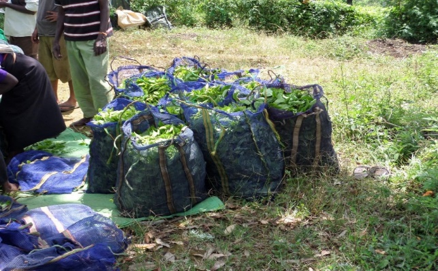 Freshly Plucked Camellia Sinensis - Assam variety
Freshly Plucked Camellia Sinensis - Assam varietyOxidation of
Camellia sinensis is what creates the types of loose tea, different and
delectable. Within our industry, the word “fermentation” replaces
everyday discussions for what is “oxidation.”
Fermentation is a chemical reaction in the presence or absence of oxygen, oxidation, as the name implies, is a process requiring oxygen. In simplest terms sugar converts into acid or alcohol. Think yeast added to a watery barley solution resulting in beer.
Oxidation is also called food browning or enzymatic browning. Phenol's in teas and coffees change upon contact with enzymes in the plant and oxygen. Resulting brown pigments are melanin's. High dry heat, steam or cold water will affect and cancel oxidation. Tea Masters only gain such knowledge after years of apprenticeship.
Notice in the following diagram that Green tea is minimally processed and minimally oxidized.
 Black Tea vs Green Tea - Individual Processing Steps
Black Tea vs Green Tea - Individual Processing StepsBlack Tea vs Green Tea - Taste
The chart below shows that plain green tea falls into the Vegetal Category. Think of sting beans, grass and spinach.
Simple black tea take on earth tones like oak, leather, damp earth and believe it or not metal. I like to think of black tea as the beginning of a brandy or port wine.
Food pairings - don't fret about this just enjoy your tea hot or cold. Old school was that strong is paired with strong and weak is paired with weak. Black tea would be paired with meats and chocolates. Green tea would be paired with vanilla cookies, or fish. But really just enjoy yourself and experiment.
Don't forget, Your Loose Teas sells blends, we mix black and greens with fruits and spices and herbs.
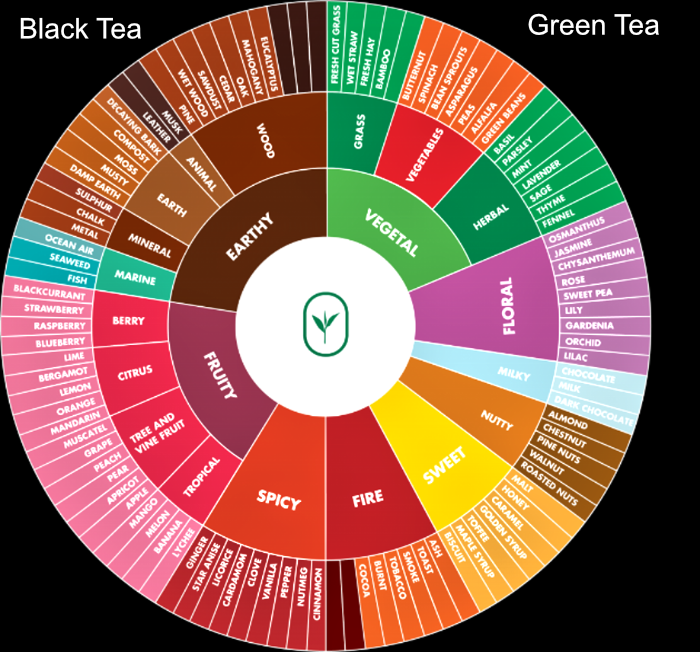 Black Tea vs Green Tea - Tasting Wheel From the Australian Tea Association
Black Tea vs Green Tea - Tasting Wheel From the Australian Tea AssociationBlack Tea vs Green Tea - Nutritional Differences
No one scientific organization has focused on one farm and one crop. So at this point it is hard to determine consistent differences. In general black tea has slightly more caffeine than green tea and the numbers are inconsistent.
Because green tea is processed less it does retain more nutrient dense benefits typically called phyto-chemicals. But again the differences between black and green are slight and inconsistent. Read more about tea health benefits.
Don't sweat the details in the war of Black Tea vs Green Tea. Simply enjoy!

